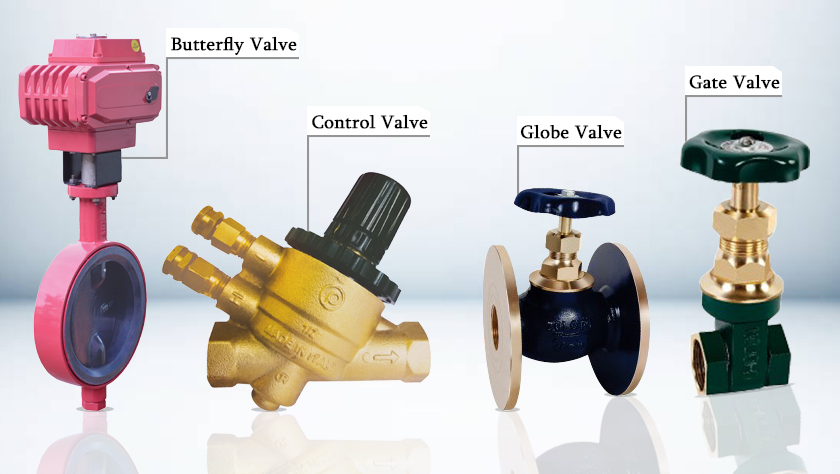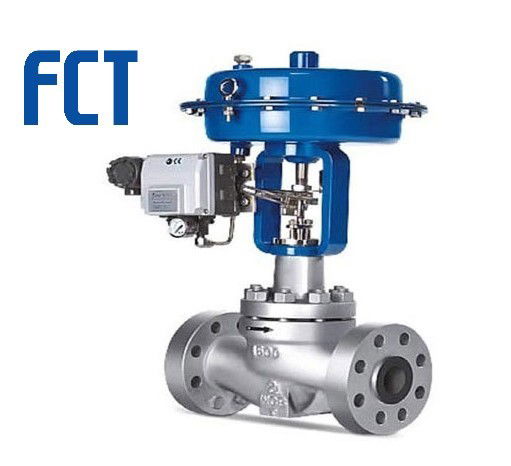Efficient Control Valves: Key Components for Reliable System Monitoring
Efficient Control Valves: Key Components for Reliable System Monitoring
Blog Article
Enhance Effectiveness With Top-Quality Building Automation Controls Including Controllers
In the realm of modern-day building administration, the execution of top-notch structure automation controls, consisting of innovative controllers, has actually become a crucial facet in making the most of and enhancing procedures efficiency. These innovative systems supply a myriad of advantages that surpass plain ease, incorporating improved energy effectiveness, seamless combination with IoT innovations, and strengthened safety actions. As buildings remain to evolve right into smarter, extra interconnected entities, the function of automation controls and controllers has actually never ever been much more essential. The details of these systems hinge on their capacity to optimize efficiency, lower operational expenses, and elevate occupant comfort levels. The complex dancing in between technology and structure monitoring holds the key to unlocking a future where frameworks are not just static entities but vibrant, responsive environments.
Advantages of Structure Automation Controls
When executed efficiently, developing automation controls provide a myriad of advantages to enhance functional performance and optimize source application. Among the key benefits is the capability to control and keep an eye on numerous building systems such as heating and cooling, lights, security, and much more from a central system. This central control permits better coordination and synchronization of various systems, leading to boosted power performance and reduced functional expenses.
Furthermore, constructing automation controls offer real-time data and analytics, enabling facility managers to make educated decisions quickly. By having access to comprehensive insights into energy usage, tools efficiency, and resident actions, companies can recognize areas for enhancement and implement approaches to enhance overall building efficiency.
Additionally, automation controls aid in anticipating upkeep by finding potential problems prior to they intensify into costly issues. This proactive technique not only prolongs the life expectancy of equipment yet likewise decreases downtime, making sure continuous operations - control valves. Overall, the advantages of building automation controls contribute in streamlining procedures, increasing performance, and producing a much more sustainable and comfy atmosphere for passengers
Key Features of Controllers
Efficient structure automation controls are identified by a range of vital attributes that make it possible for centralized administration and optimization of different building systems. One essential feature of controllers is their ability to gather data from sensors spread throughout the structure.
Moreover, controllers use the flexibility of programming timetables for various building systems based upon tenancy patterns, assisting to lower energy wastage throughout off-peak hours. Furthermore, the remote ease of access attribute of controllers permits facility supervisors to keep track of and regulate building systems from anywhere, boosting convenience and responsiveness.
In addition, advanced controllers often come outfitted with anticipating upkeep capacities, making it possible for proactive identification of potential problems prior to they escalate, therefore lowering downtime and maintenance expenses (control valves). On the whole, the essential features of controllers contribute in simplifying building procedures, boosting comfort, and taking full advantage of power cost savings
Integration With Iot Technology
Structure automation controls, specifically controllers with their sophisticated attributes, perfectly incorporate with IoT modern technology to change building monitoring processes. IoT technology allows these controllers to gather and analyze information from various structure systems in real-time, supplying unmatched insights right into power usage, system performance, and passenger habits. By leveraging IoT connectivity, building automation controls can enhance power effectiveness, enhance occupant comfort, and make sure positive maintenance.
The assimilation of building automation regulates with IoT innovation enables for centralized surveillance and control of this varied structure systems remotely. This connectivity enables building supervisors to change setups, routine operations, and obtain signals on their smart devices or computer systems, boosting functional effectiveness and minimizing maintenance costs. Furthermore, IoT integration facilitates data-driven decision-making by providing workable knowledge based upon patterns and trends identified with continuous surveillance.
Energy Efficiency Solutions

Building automation controls, consisting of energy management systems and programmable controllers, are necessary parts of power performance remedies. These systems allow real-time monitoring of energy use, recognition of inefficiencies, and application of automated adjustments to enhance energy efficiency (control valves). By incorporating building automation controls with energy-efficient devices and technologies, centers can enhance operational effectiveness, enhance occupant comfort, and contribute to a greener setting

Enhancing Structure Safety
With a focus on enhancing operational elements beyond power performance solutions, the next critical facet to address in structure management is the improvement of protection measures. Building automation controls play a critical role in boosting protection by incorporating various systems such as gain access to control, surveillance video cameras, and breach detection. These controls not only enhance security procedures but additionally give real-time monitoring and notifies, making it possible for timely reactions to possible dangers.
Verdict
Finally, developing automation controls, particularly controllers, supply many advantages such as boosted effectiveness, assimilation with IoT innovation, energy efficiency remedies, and enhanced safety and security steps. By using top-notch structure automation controls, buildings can operate extra successfully and sustainably, bring about cost savings and enhanced total efficiency. Spending in these advanced technologies can significantly improve the functional effectiveness of buildings and add to a much more lasting future.
In the realm of modern-day building administration, the execution of premier structure automation controls, consisting of innovative controllers, has come to be a crucial aspect in enhancing procedures and taking full advantage of efficiency.Effective building automation controls are characterized by a range of essential functions that make it possible for streamlined management and optimization his response of various structure systems.Building automation controls, especially controllers with their sophisticated features, seamlessly incorporate with IoT technology to revolutionize building monitoring procedures.The assimilation of structure automation controls with IoT modern technology allows for central monitoring and control of varied building systems from another location. By making use of high-grade structure automation controls, structures can run much more effectively and sustainably, leading to cost financial savings and enhanced general performance.
Report this page